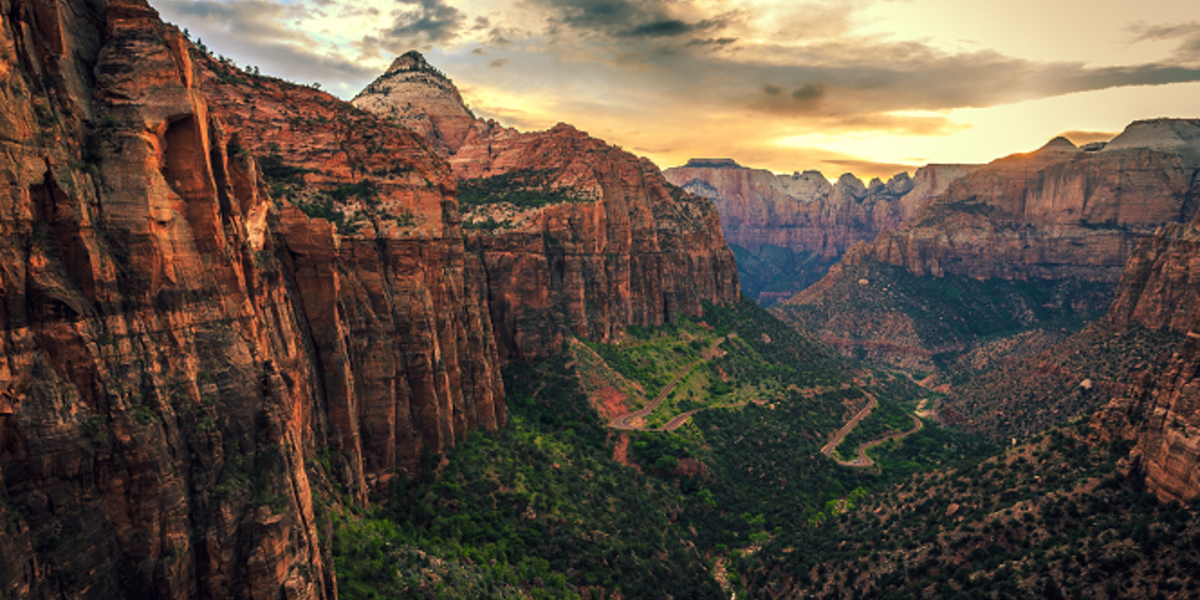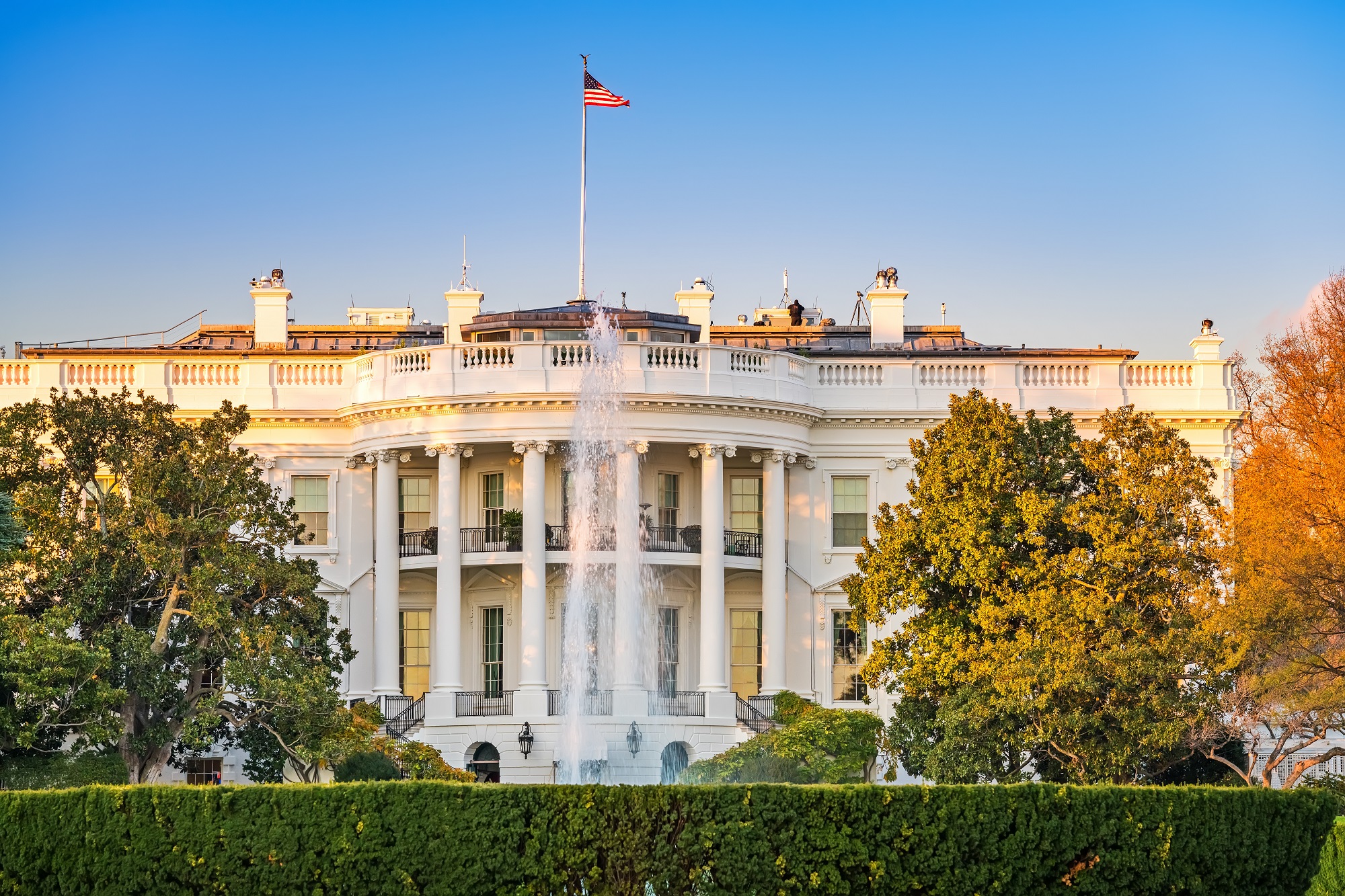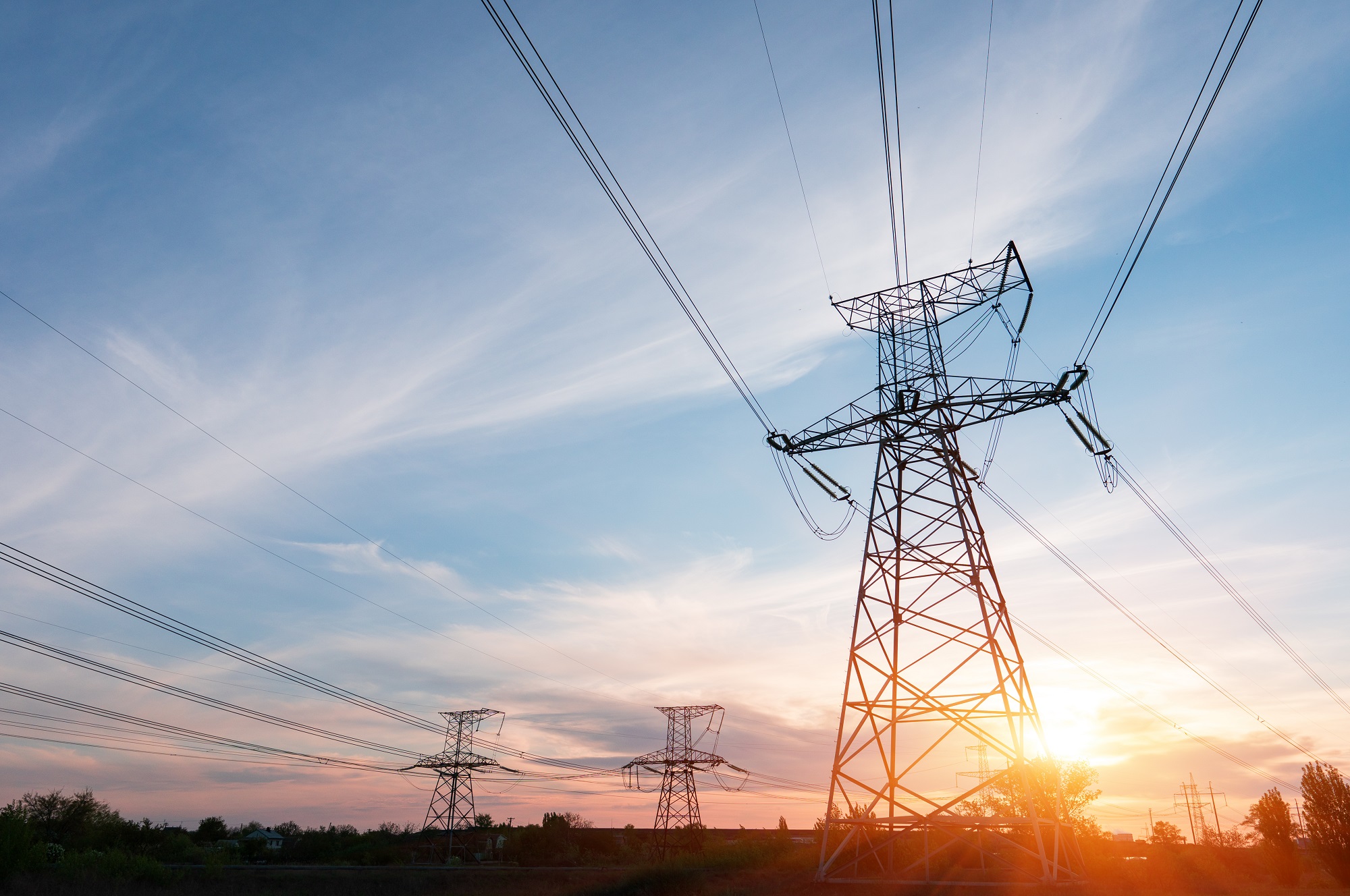Happy National Park Week! Here's What the Park Service is Doing to Reduce Its Energy Use
Let's Save Energy
Alliance to Save Energy's Blog
Happy National Park Week! Here's What the Park Service is Doing to Reduce Its Energy Use

It’s National Park Week, the time to celebrate the grandeur of our greatest public lands, dive into our history, and celebrate our rich and diverse culture. Created more than a century ago, the National Park Service today operates 419 areas covering over 85 million acres.
The Park Service faces a growing challenge in adequately maintaining, preserving, and protecting these national treasures for future generations. With just over 318 million visitors last year alone, coupled with years of insufficient federal funding to address maintenance backlogs, it has never been more important to reduce operating costs and address human and environmental threats to the parks.
The Park Service has countless projects to improve and protect its parks – but we’re particularly keen on its energy efficiency measures, which not only reduce pollution but have the benefit of reducing daily energy costs. Here are just a few examples of recent or ongoing projects to trim the parks’ energy use:
- Yellowstone National Park – Spanning three states and covering over 2.2 million acres, Yellowstone is both the oldest National Park and the largest energy user in the National Parks system. Hosting over 4 million visitors last year alone, it has prioritized efficiency and sustainability as one of its core missions. The Old Faithful Visitor Center, built in 2010 to accommodate the growing number of visitors, is LEED Gold certified. Yellowstone has also worked with outside groups to improve the energy efficiency of its vehicle fleet, including through the use of hybrid vehicles, low-resistance tires that save fuel, and installation of electric vehicle charging stations at various locations throughout the park. The lodging facilities of Yellowstone are also becoming more efficient, with pilot programs to incentivize guests to forgo housekeeping services, a move that has the potential to save 150,000 kWh of electricity annually – the equivalent to powering 14 average American homes – and making energy efficient lighting upgrades, including the installation of timers and motion sensors.
- Zion National Park – The Zion National Park Visitor Center, located in Utah, was a collaborative effort between the National Park Service and the Department of Energy’s National Renewable Energy Laboratory. Opened in 2000, its energy-efficient design utilized insulation to reduce heating energy needs by 70%, natural ventilation, efficient lighting systems, passive down-draft coolers, and a Trombe wall for heating. The visitor center also has solar panels and batteries for any additional electricity needs, and manages the buildings systems through an energy management computer, ensuring system-wide efficiency. Working in collaboration with the Energy Department, the Park Service has implemented a shuttle bus fleet to transport visitors into and around Zion (eliminating more than 5 million pounds of carbon dioxide emissions each year), increased its electric and hybrid vehicle fleet, and installed electric vehicle charging stations.
- National Capital Region Parks – With a 23-year Energy Savings Performance Contract (ESPC) with Siemens Government Technologies, 13 DC-Maryland-Virginia areas administered by the Park Service will undergo significant energy efficiency upgrades. ESPCs are contracts between a federal agency and an energy service company, where the guaranteed energy savings pay for the project over the length of the contract. After the contract ends, the agency keeps the additional savings. The project is expected to annually save almost 77 million gallons of water, approximately 6.5 million kWh of electricity – enough to power 400 homes – and nearly $2 million in taxpayer dollars. These changes are also projected to reduced carbon emissions by more than 4,000 tons each year, equal to the emissions of 850 cars per year. Efficiency upgrades include utilizing energy efficient lights on the National Mall and installing intelligent lighting systems at Wolf Trap National Park for the Performing Arts.
These are just a few examples of the many projects the National Park Service is undertaking to reduce its energy footprint and use its resources efficiently. Next time you’re visiting a park, keep an eye out for similar efforts.
And now, in the words of John Muir, the father of the National Parks, “The mountains are calling and I must go.”
STAY EMPOWERED
Help the Alliance advocate for policies to use energy more efficiently – supporting job creation, reduced emissions, and lower costs. Contact your member of Congress.
Energy efficiency is smart, nonpartisan, and practical. So are we. Our strength comes from an unparalleled group of Alliance Associates working collaboratively under the Alliance umbrella to pave the way for energy efficiency gains.
The power of efficiency is in your hands. Supporting the Alliance means supporting a vision for using energy more productively to achieve economic growth, a cleaner environment, and greater energy security, affordability, and reliability.



